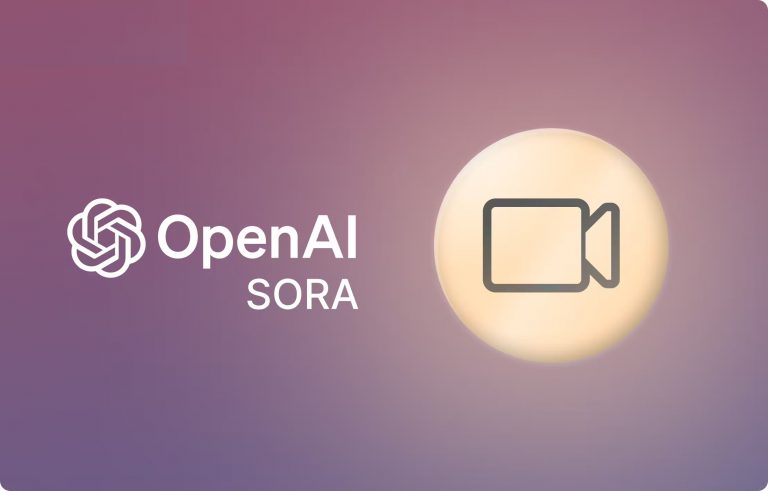OpenAI Launches Sora App & Sora 2 Model — A TikTok Competitor in the Making

OpenAI has officially introduced **Sora**, a new social app built around user-generated video, alongside **Sora 2**, a next-generation video + audio model. Users can drop themselves into AI-generated scenes (called “cameos”), share short videos in an algorithmic feed, and let the model respect physical rules (e.g. bouncing balls) more accurately.
Quick Insight: OpenAI isn’t just building models — it’s entering social media territory. With Sora, they’re combining generative AI with social feed mechanics, trying to compete with platforms like TikTok.
1. What Are Sora & Sora 2?
• **Sora App** is a TikTok-style platform where users generate, share, and browse short AI-enhanced videos.
• The “cameos” feature lets a user upload a video + audio sample of themselves to insert into generated scenes or collabs with others.
• **Sora 2** is the underlying AI model, more physics-aware than prior AI video models (for example, a basketball bouncing off a backboard instead of teleporting).
2. How It Works & Key Features
• To enroll your likeness as a cameo, you upload a one-time video + audio identity verification sample.
• Users can grant friends permission to use their likeness in videos.
• The social feed algorithm considers your activity in Sora, location (via IP), post interactions, and optionally your ChatGPT conversation history (you can turn off that linkage).
• Parental controls will be built in: limits on infinite scroll, algorithmic personalization toggle, and controlling who can send direct messages.
• Monetization: The app is free at launch. OpenAI’s plan is to charge for extra video generation only during peak demand rather than upfront.
3. Challenges, Risks & Observations
• **Safety & Misuse**: Non-consensual video generation (deepfakes) is a major concern. Although users can revoke access to their likeness, abuses are still possible.
• **Algorithmic bias & moderation**: As with ChatGPT, content moderation and filtering will be critical (and likely difficult).
• **Server load & cost**: Generative video + audio in real time is resource-intensive; handling demand spikes could be expensive.
• **User adoption & network effects**: To compete with existing social apps, Sora must attract creators and viewers fast.
• **Privacy & identity**: Uploading biometric voice + video samples calls for strong privacy, encryption, and user consent frameworks.
• **Regulation & legal compliance**: Many jurisdictions will scrutinize usage of likeness, deepfakes, and platform accountability.
4. Why This Matters
With Sora, OpenAI blurs the lines between **model developer** and **platform operator**. Rather than just licensing models, OpenAI is creating an ecosystem where generation and distribution happen under one roof. This positions them not just as AI vendors, but as social technology competitors.
For content creators, Sora might offer new monetization methods. For regulators and ethicists, it raises fresh challenges about identity, privacy, and platform power.
